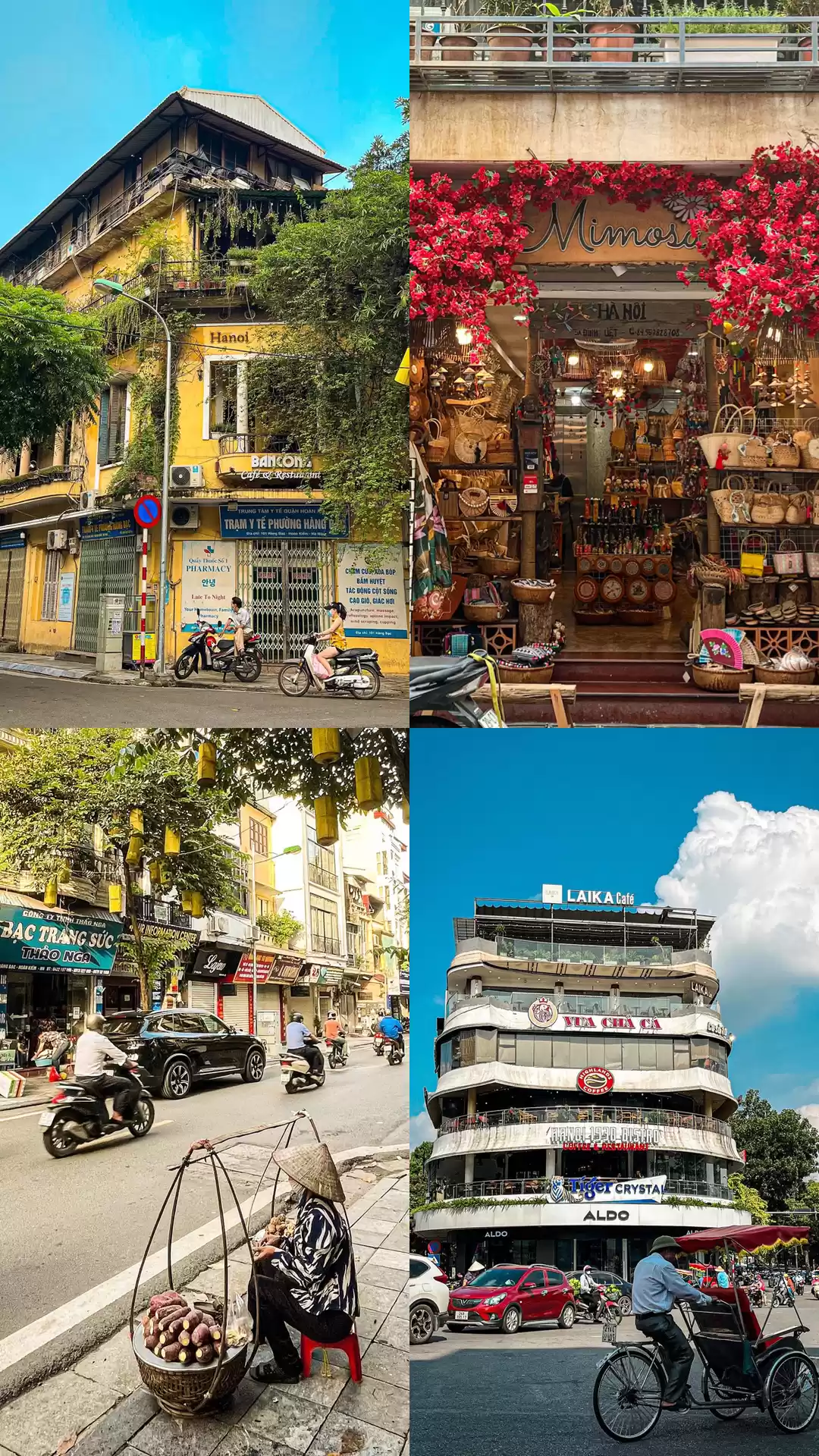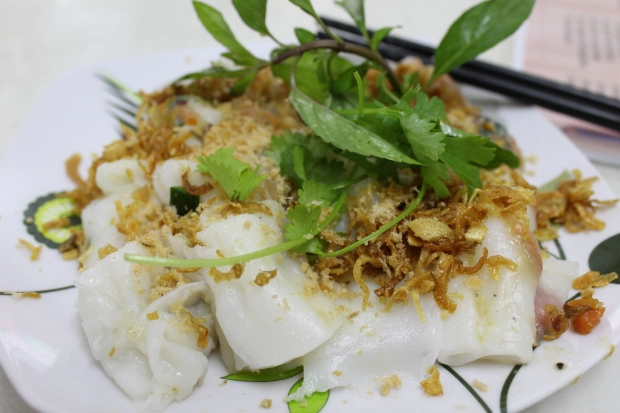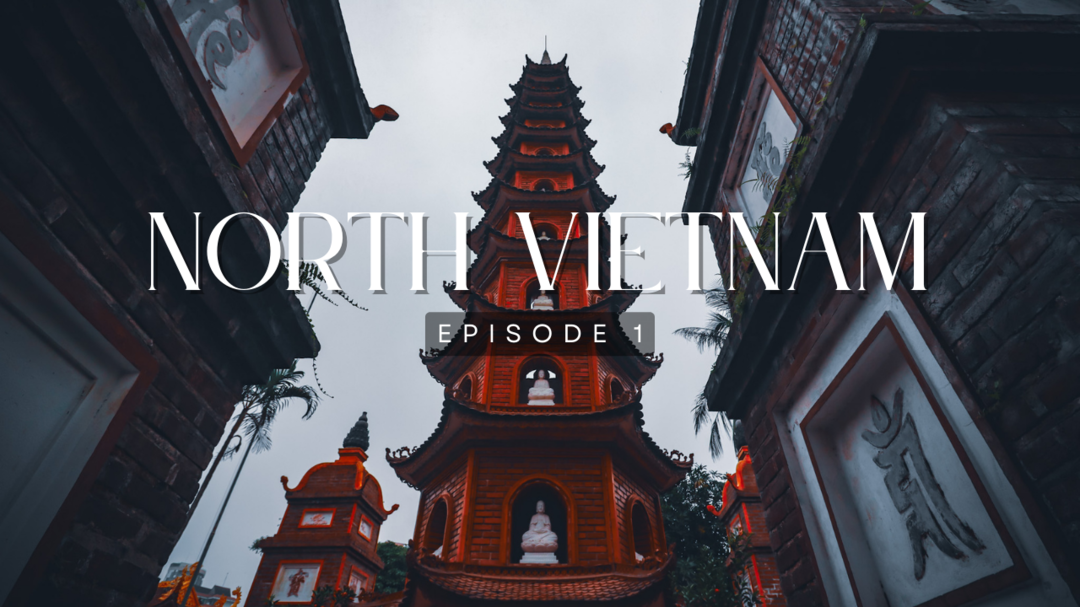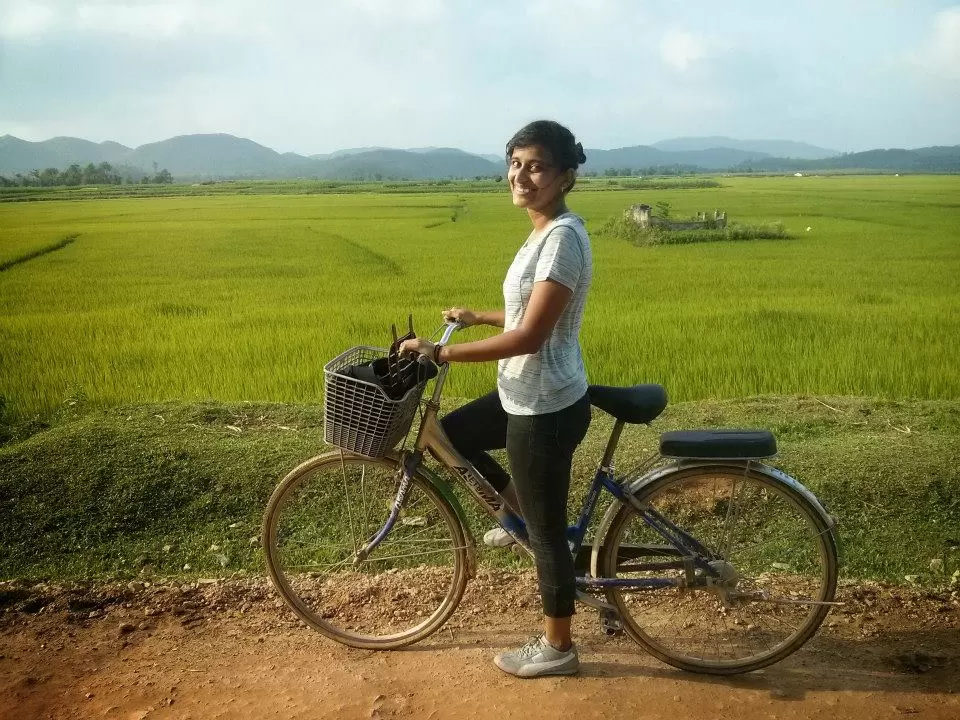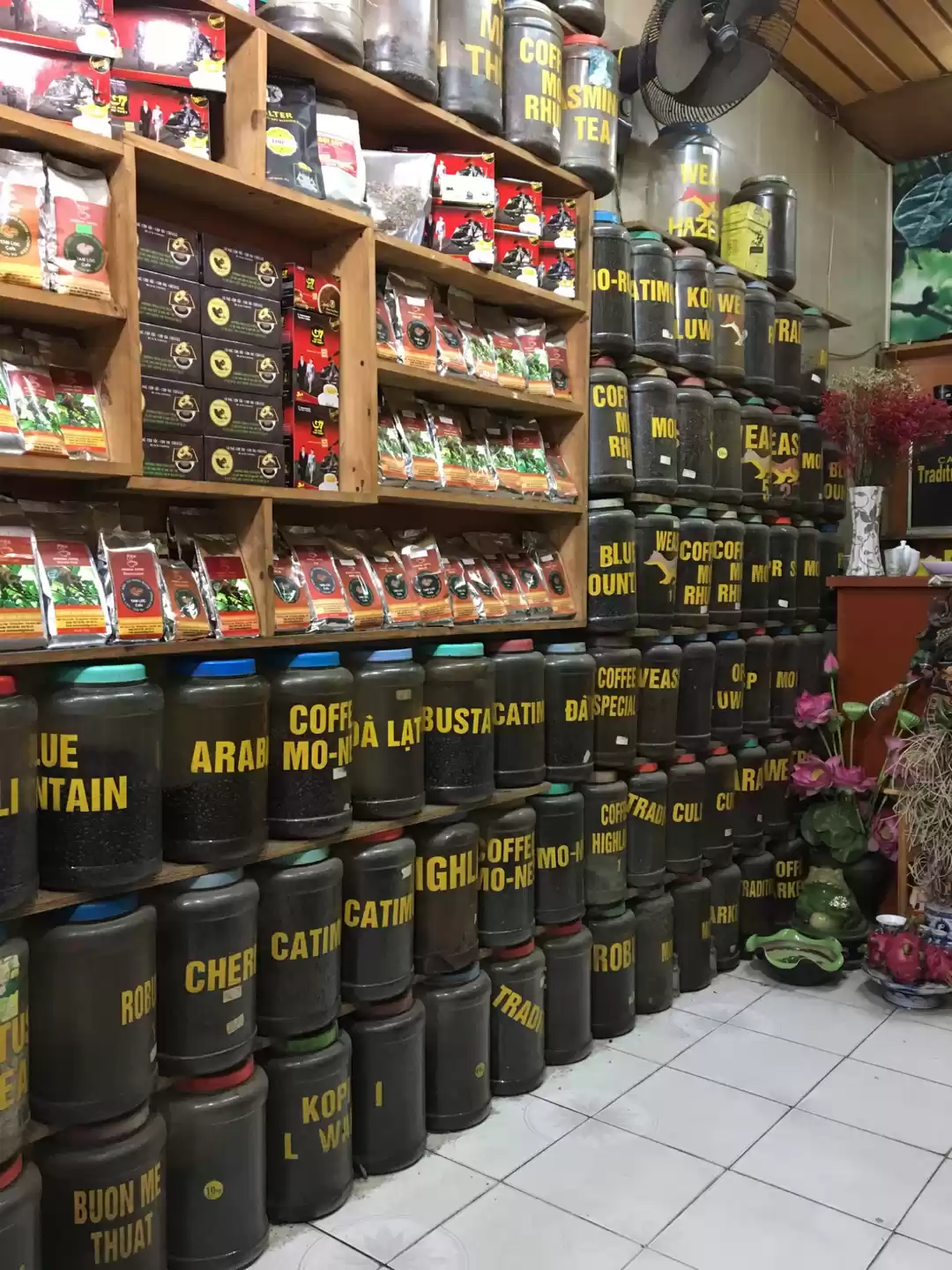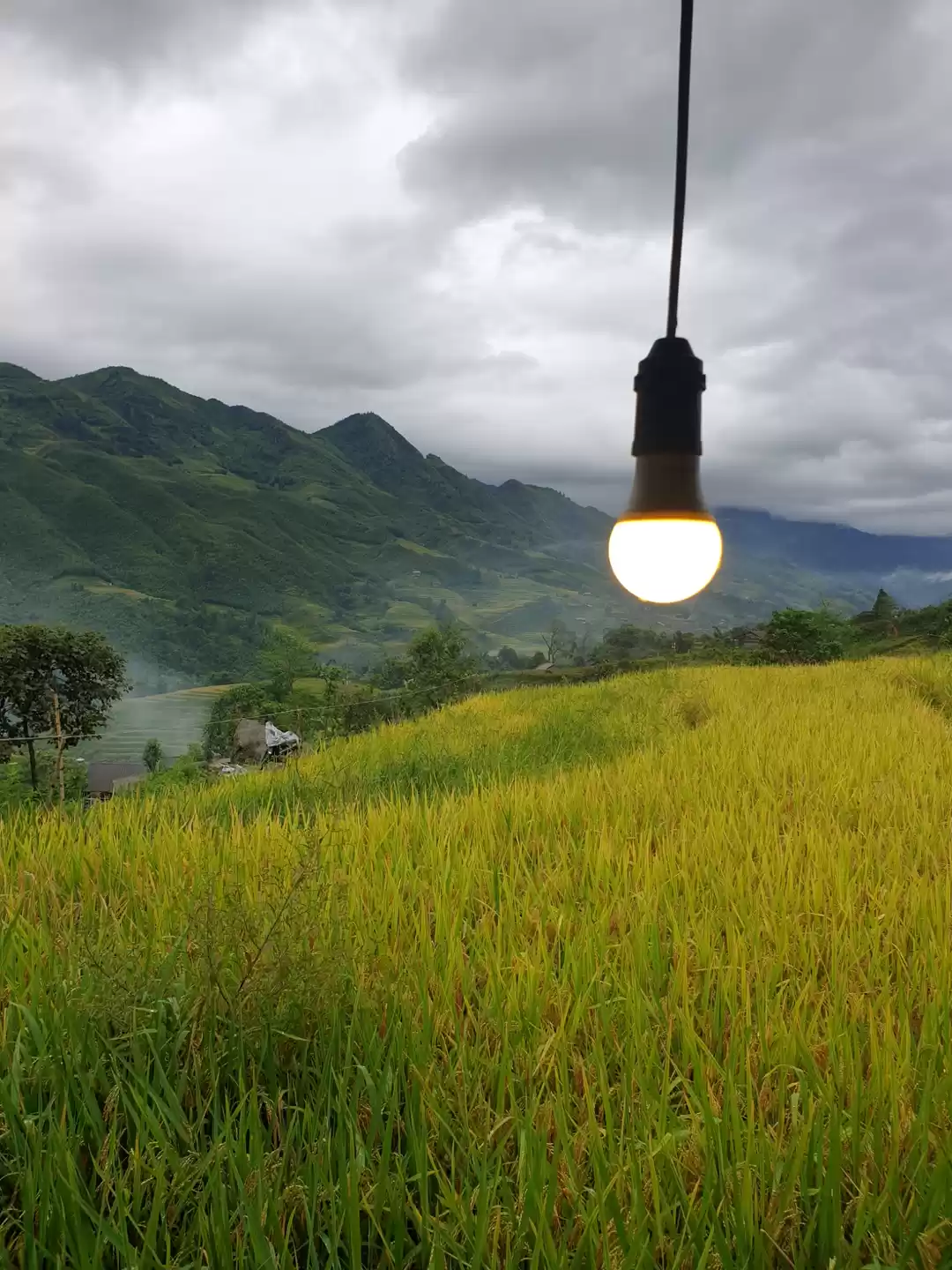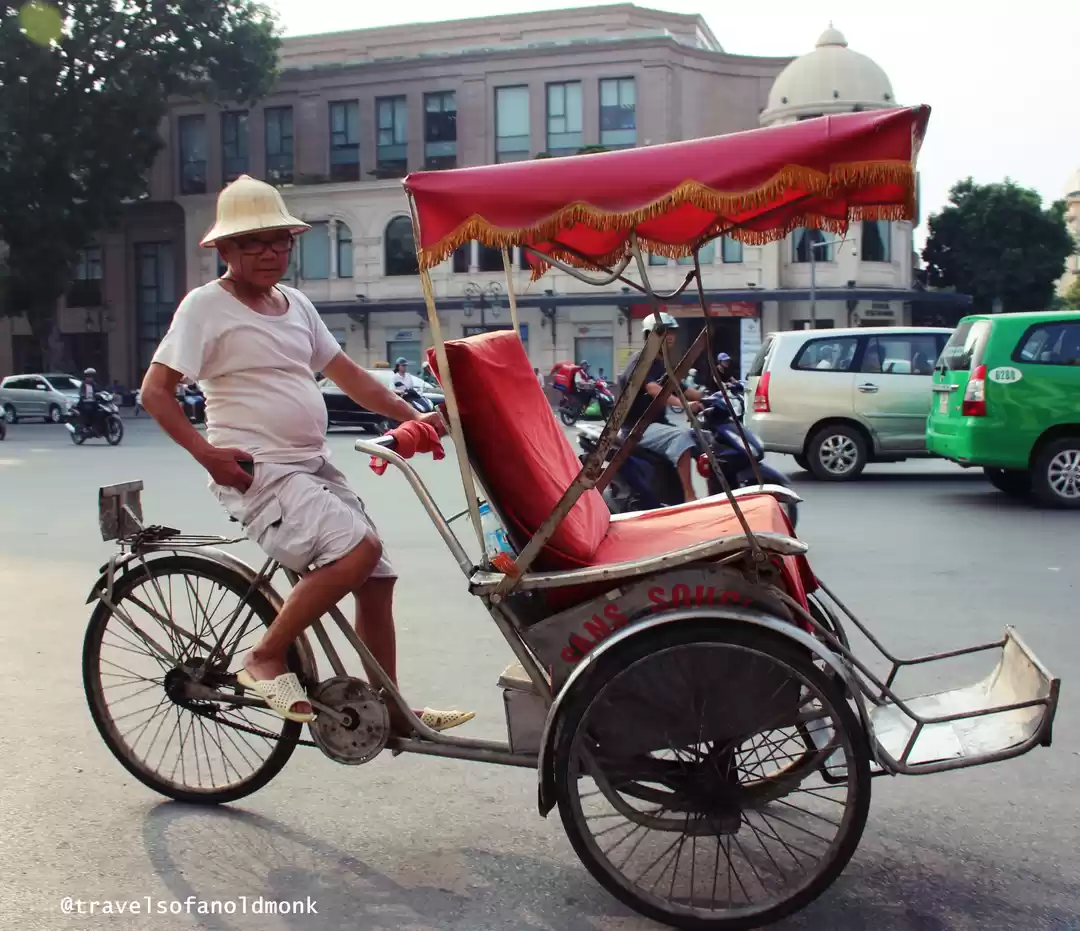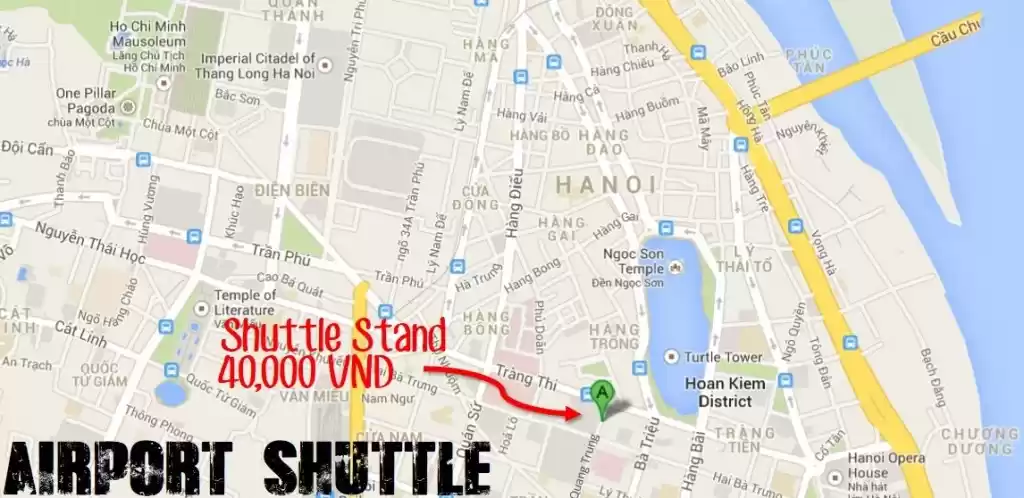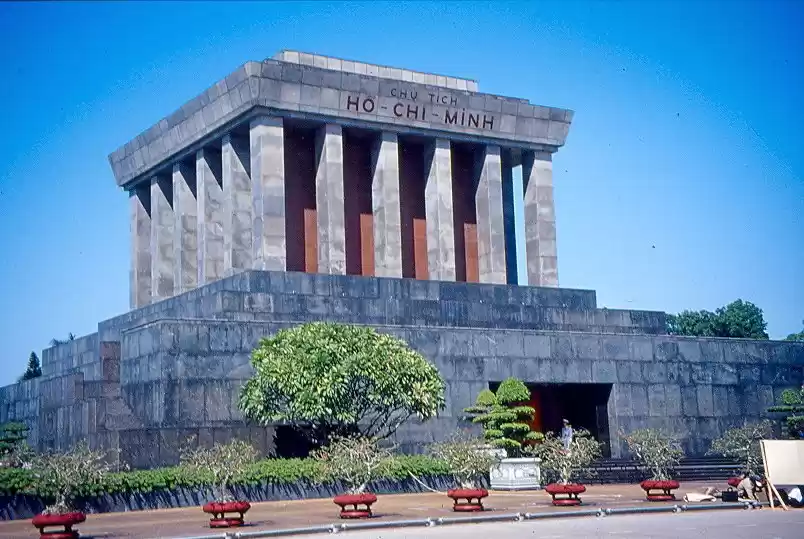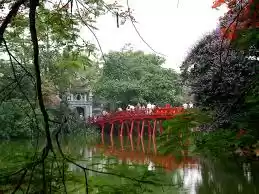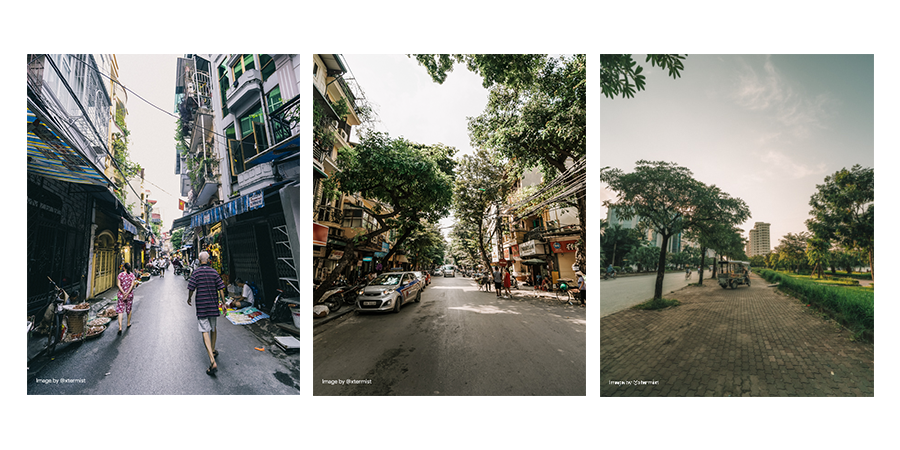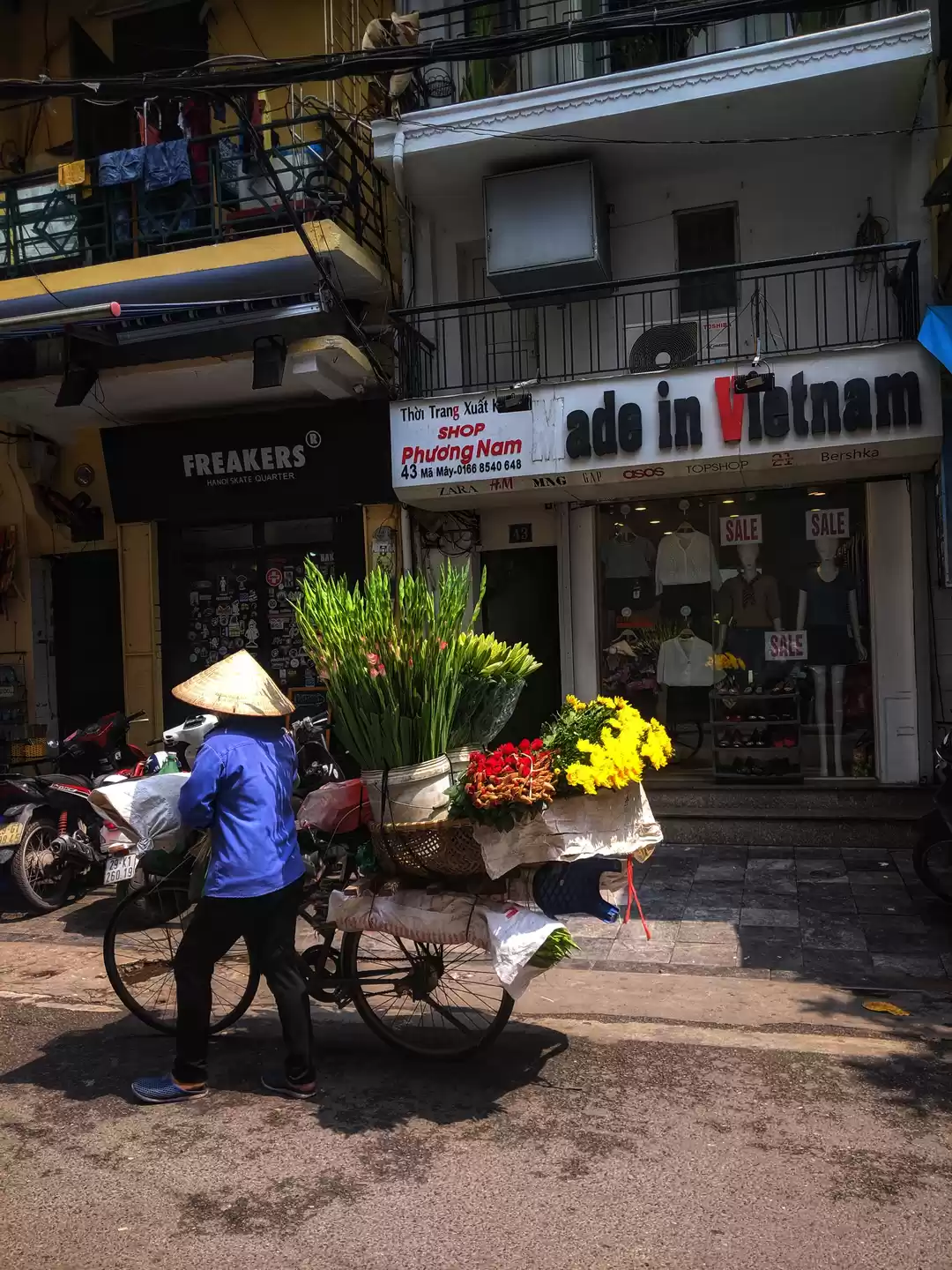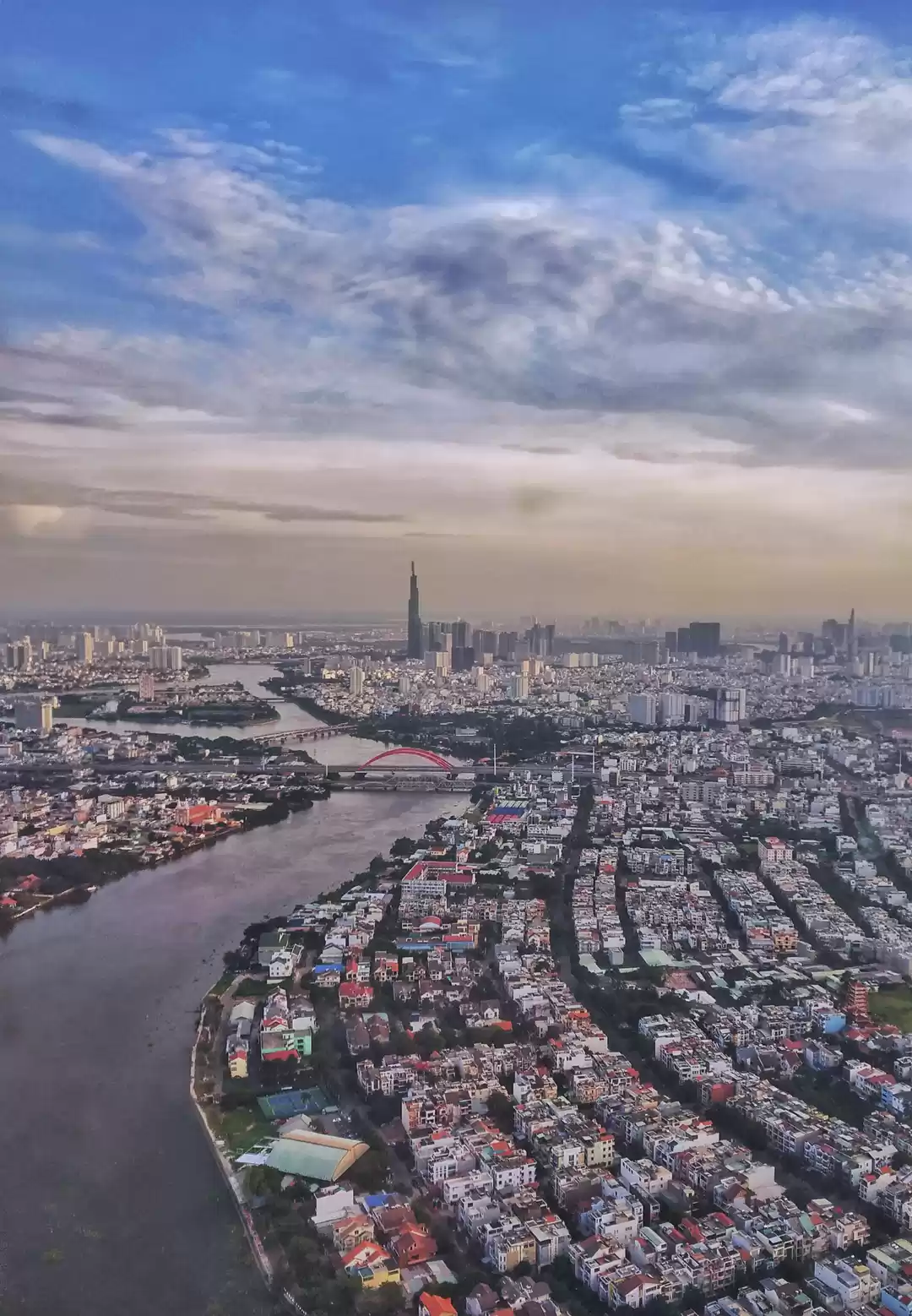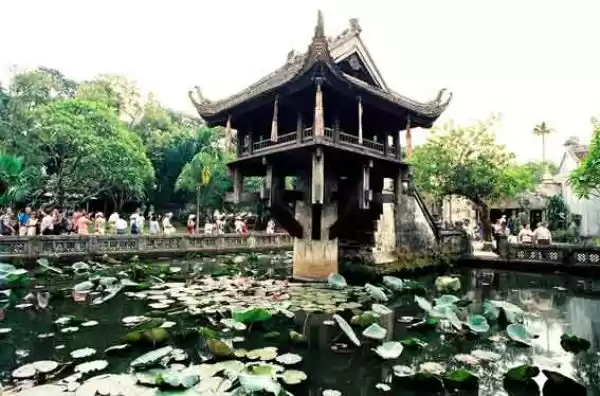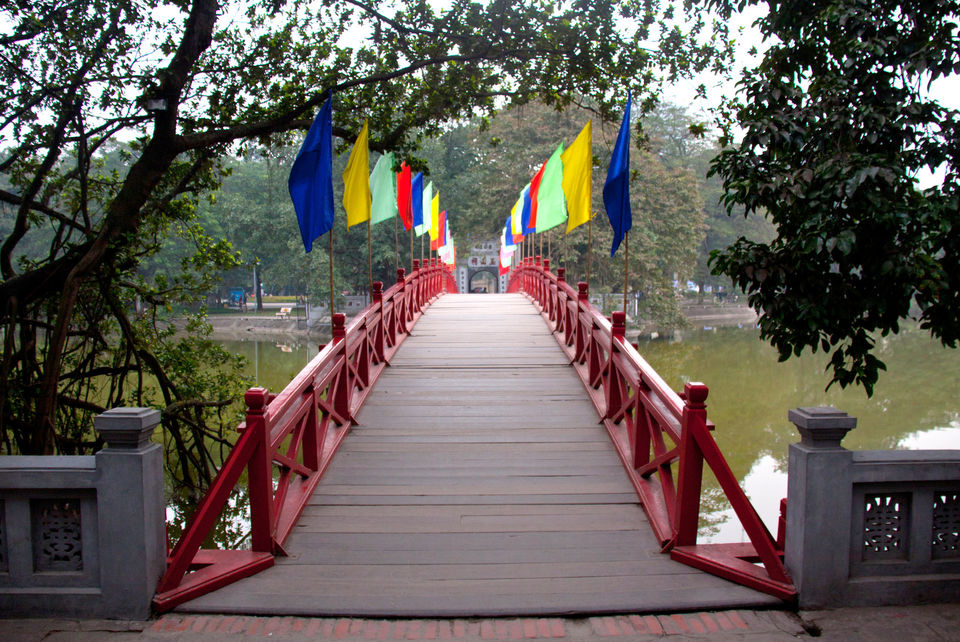
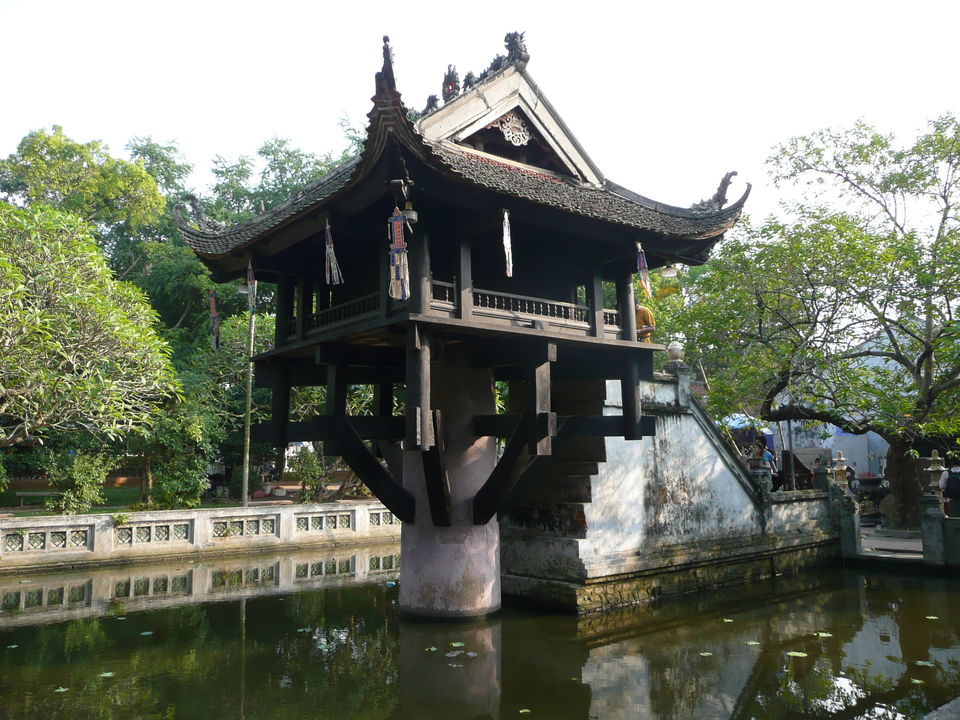
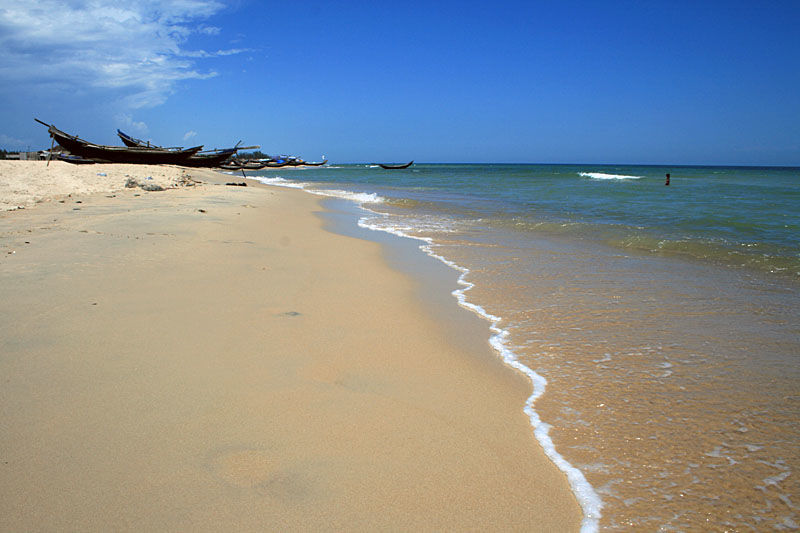
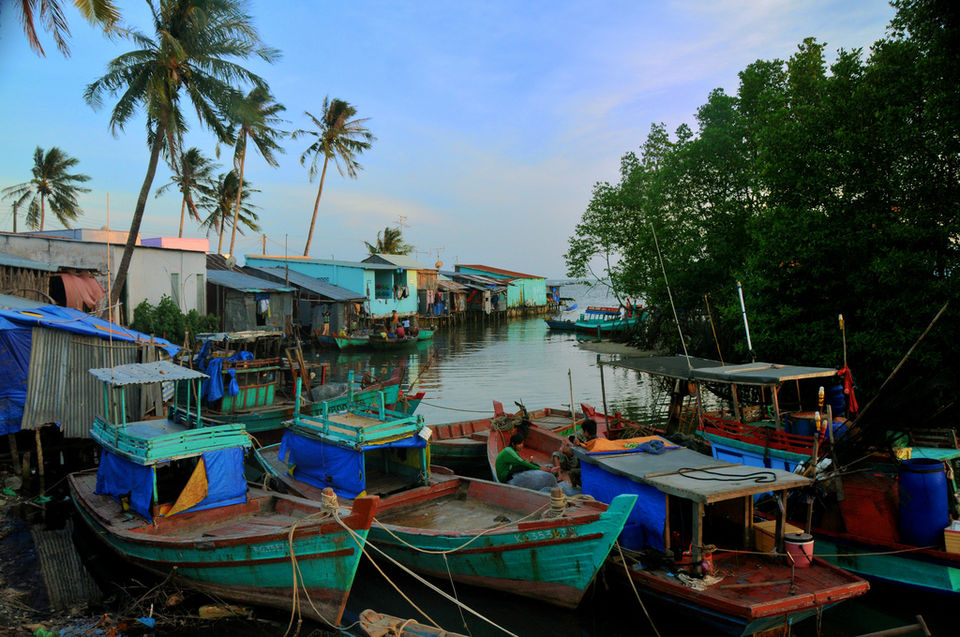
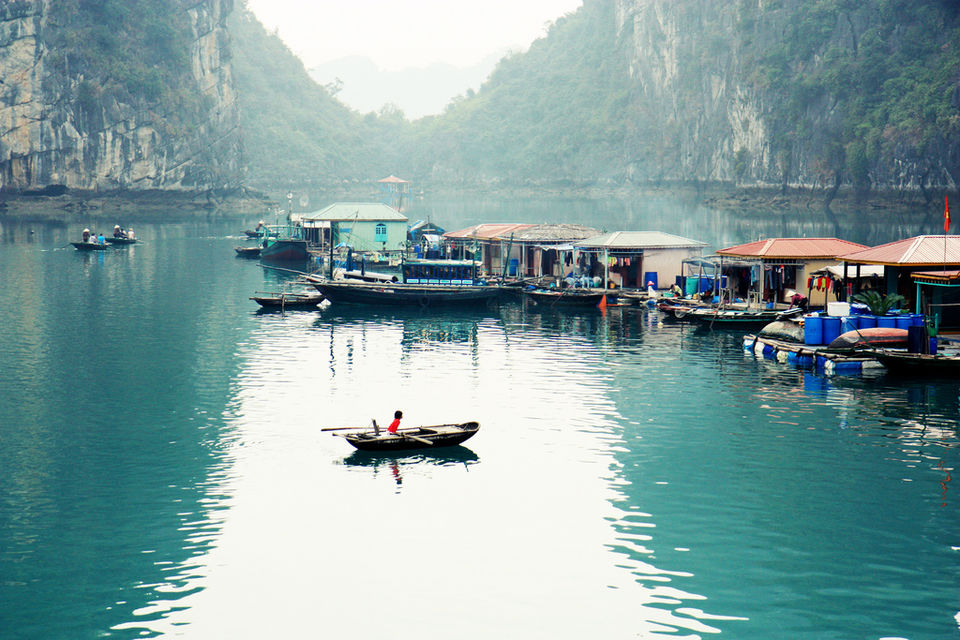
Vietnam is one country which does not easily make it to everyone’s travel list. It’s a country we remember for its war, years of colonization and struggle for independence. This is the very reason that it makes for a destination for people who love history. But if you think archaeological relics is all that this place has to offer, you are surely mistaken.
This seemingly offbeat holiday destination in Asia caters to everything a traveler might look for. A geographically slim country, it lies between China to its north and Cambodia and Laos to its west. Vietnam is a typically humid country, but you may be welcomed by rains in varying quantities depending on the area you are in. You can choose to go trekking in North Vietnam or discover the infinite stretches of sand and beaches in South Vietnam or interact with the local ethnic groups who will surely tell you a place for typical Vietnamese cuisine that is influenced by the Asian principle of five elements: Wood, Fire, Earth, Earth, Metal and Water. And I would recommend that you try their Bún riêu (Crab and Tomato Noodle soup), Bánh Khọt (Miniature Fried Pancake), Gỏi cuốn (Spring rolls) and Bánh cuốn (Steamed rice cake). You will find most of them at fine restaurants as well as street corners.
This trip can qualify for more than just a relaxing sightseeing vacation because of its copious culture that you can soak in for the time you are there. In the global spectrum though, this country is acknowledged more for its disparities. This trip helped me return with an experience I’ll value ceaselessly.
Hanoi became the capital of reunified Vietnam in 1976 and is also the second largest city in the country. As a tourist you will taste a little influence of French in the cuisine and architecture here as it served as a capital of French Indochina. Hanoi has survived years of invasion and thereby is historically an important city.
The Old Quarter, near Hoàn Kiếm Lake, is said to have the original architecture of the city. It comprises of almost 40 streets filled with households and street markets. Each Street originally had merchants specialized in a particular trade and the street was named after its chief trading commodity. Today you can simply walk around these lanes to distinguish the fine traditional layout of the city and spend some serene time by the lake.
Another place you shouldn't miss is the city’s notable Buddhist temple One Pillar Pagoda. The place has an interesting history. The beauty of this temple lies in the fact that it is built of wood on a single stone pillar and will remind you of a lotus blossom, which is a symbol of purity in Buddhism.
While in the city, you can also visit the Ho Chi Minh Museum which as the name suggests is dedicated to the late Vietnamese leader.
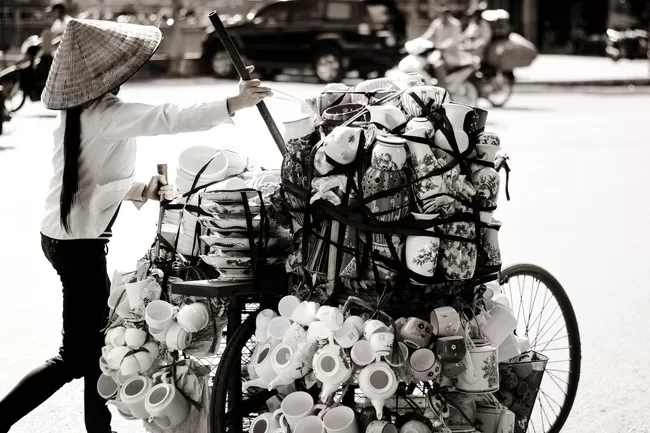
If you decide to move just a tad away from history, you will find yourself in the heart of one of the most exquisite locations this planet has to offer - Ha Long Bay. It is 170 km to the east of Hanoi and situated in the Gulf of Tonkin in northern Vietnam. Most of the islands here are uninhabited. This being a UNESCO Heritage Site surely tells you of how scenic this place is. You can opt for a 2 day cruise to explore the imposing beauty of the bay or you can camp by the shoreline and witness the most breathtaking sunset of your life and sleep under a blanket woven of a myriad of stars. Do not forget your camera. The only complaint you may have is about the caves being overcrowded by the tourists.

To move further away from the flocks of tourists, Cat Ba Island is your place. It is the biggest island in Ha Long Bay. This island is famous for its National Park, which is abode to the highly endangered Golden Headed Langur. This place has a few caves which you can explore with the help of a local guide or buy a map and explore some through the woods yourself. You will find rocky cliffs along the coastline and some small fishing villages. This can be an excellent way to interact with the locals and get to know their culture and simple lifestyle. Some parts of the island are considerably deserted and are ideal to get out the explorer in you. You can also indulge in some rock climbing activity.

It would have been an incomplete trip if I didn’t head to Bai Dinh, the biggest complex of Buddhist temples in the Ninh Binh Province in Northern Vietnam. The architecture is very traditional which can be seen in the design pattern followed on the outside as well as the interiors. The intricate interior work full of wood carpentry, stone work and embroidery is said to be selected from local handicraft communities. You can spend hours appreciating the magnificence of this place. When you exit you will be won over by its tranquility. The temple has a new complex which includes many structures built over 7 years. The old temple is located in small caves below the new temple along the mountain. You have to climb up a series of stone steps to reach it.

Huế is located in the central region of Vietnam on the banks of Perfume River and was an important city during the Nguyen Dynasty when it served as the imperial capital. The city offers a lot of historically relevant facts and anecdotes. Imperial Tombs of the Nguyen Dynasty are the biggest attractions in the city. Some tombs offer free admission while some charge you a specific fee. An interest in history is vital if you are visiting this place. I would suggest that you read up on this dynasty if you want to appreciate this place better. In the more modern parts of the city, you will find hot springs with high sulfur content recognized to have health benefits. You can take a small trip to Thuan An Beach for the same. When the heat gets unbearable, you can go to some nice village nearby to have a traditional meal.



